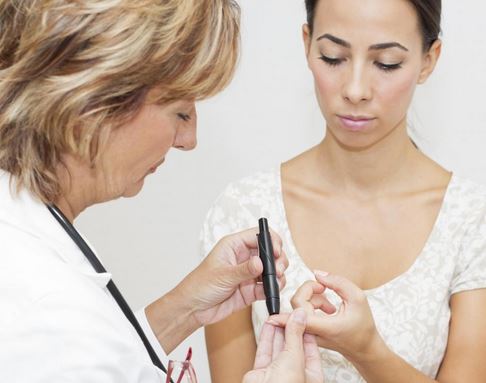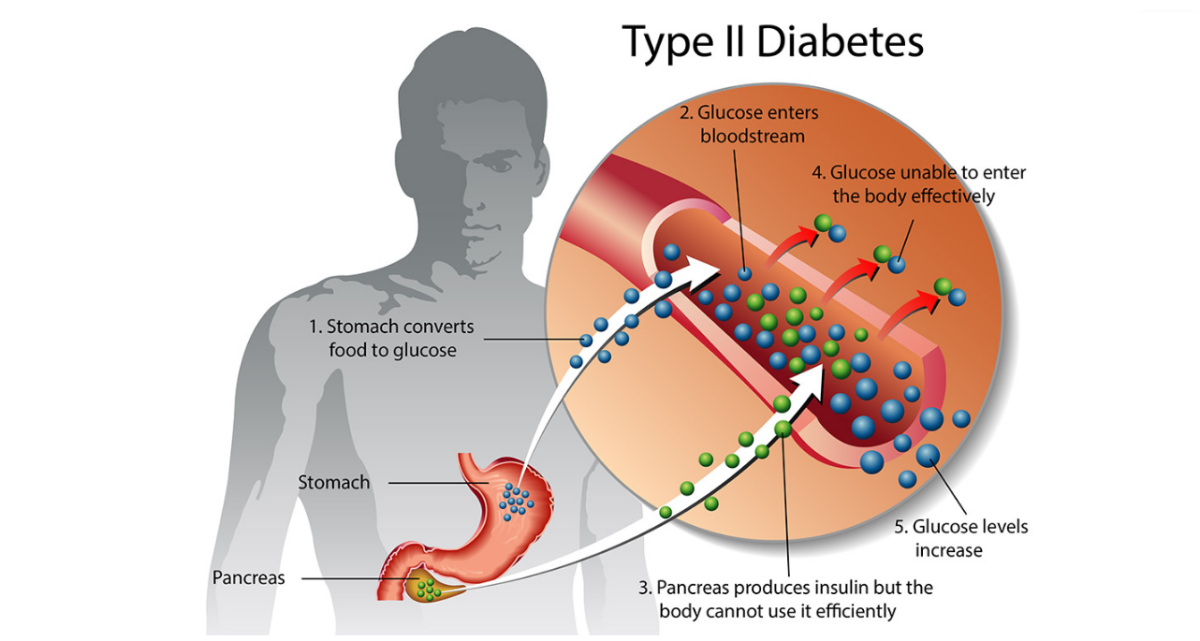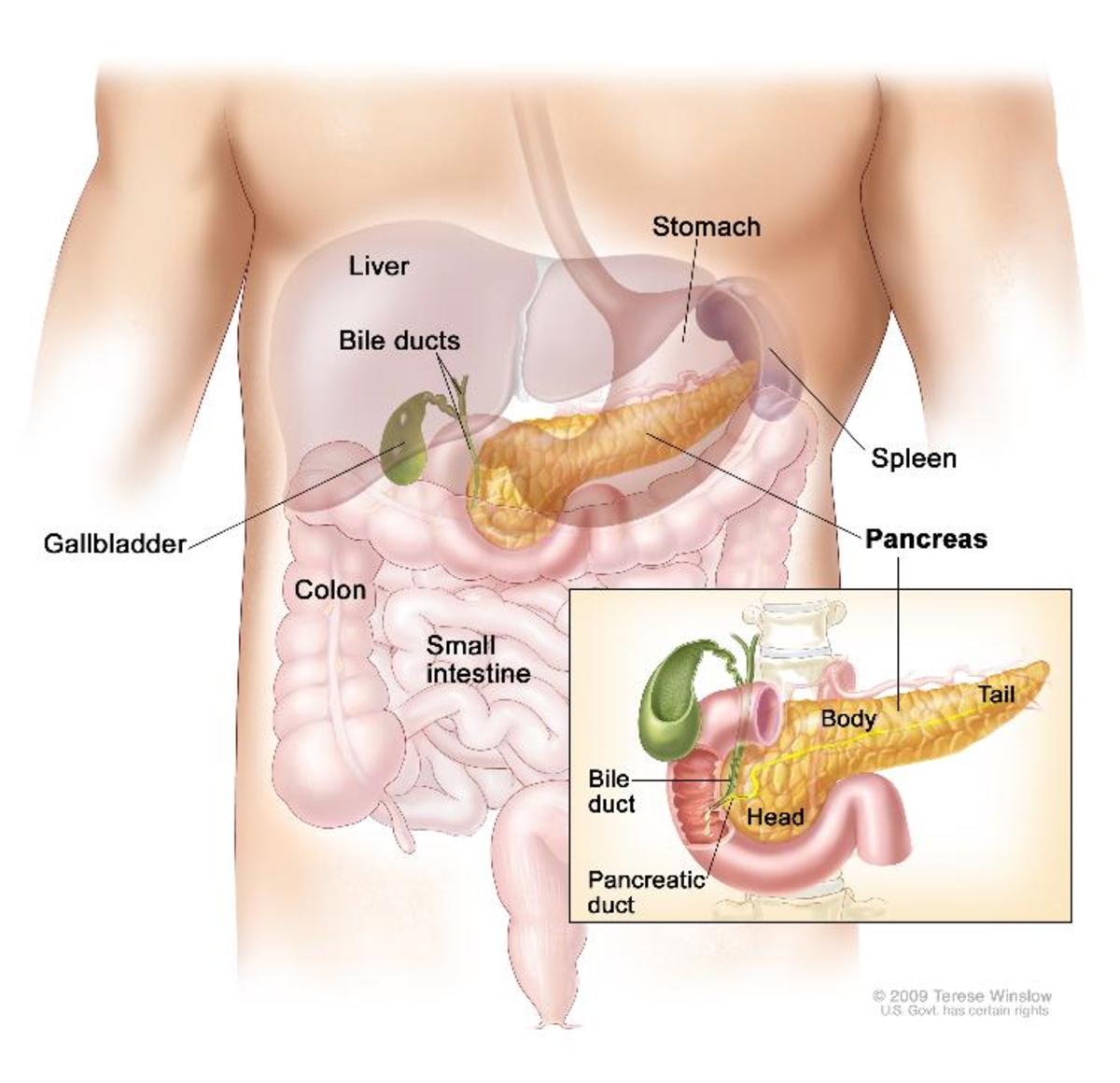People At Risk For Diabetes

Who is at risk for diabetes?
Which groups of people are at a higher risk of developing diabetes?
Before we answer the question raised above, it is important that we first of all take a moment to understand what diabetes is in the first place and how it is caused.
Diabetes can simply be defined as a very serious and complex medical condition in which the amount of glucose (sugar) in a person's blood becomes too high to the point where it leads to serious health problems.
Health experts often call it diabetes mellitus. But in the ordinary man's language it is simply called diabetes.
If a person is suffering from diabetes, the person has too much glucose (sugar) in his or her blood. The excess amount of glucose in the blood comes about as a result of either of the following things or both of them:
- The person's pancreas is unable to produce adequate insulin
- The person's body cells do not respond in a normal way to insulin
When any or both of the things mentioned above happen, then glucose is unable to be transferred from the bloodstream into the body’s cells to be converted into energy. The end result is a massive buildup of glucose (sugar) in the bloodstream. Overtime, too much glucose in the bloodstream will lead to diabetes.
Types of diabetes
There are three main types of diabetes, namely type 1, type 2, and the gestational diabetes. All these three types of diabetes are caused by the things mentioned above – your pancreas can’t produce sufficient insulin or your body finds it difficult to make use of the insulin produced by your pancreas.
Now that we have taken a look at what diabetes is and have seen how it is caused, let us now find out what increases a person’s risk of suffering from diabetes.
People who are at a high risk for diabetes
Contrary to popular belief, diabetes isn’t really caused by sugar or eating too much sugar. You can read more about the relationship between diabetes and sugar here.
In order to make this article easier to understand, we are going to take a look at each of the three major types of diabetes (type 1, type 2, and gestational diabetes) and see who is at a risk of developing each of them.
Type 1 diabetes
This type of diabetes is very common in children and young adults. Another name for this diabetes is juvenile diabetes. The people who are at a higher risk of developing this diabetes include the following:
- Children and young adults are at a higher risk of getting the type 1 diabetes than adults.
- If you have a family history of diabetes, this increases your risk of developing diabetes. So for example, a person has a higher risk of getting type 1 diabetes if his or her parents or siblings have type 1 diabetes. This is the reason why doctors often advise people whose relatives have diabetes to go for a check in order to find out whether they also have the dreadful disease or not.
- If you suffer from a disease or damage to your pancreas, your risk of developing type 1 diabetes is increased. When your pancreas gets damaged or is plagued by an illness, it reduces the ability of your pancreas to function in a normal way. And when your pancreas can’t work well, it can’t produce sufficient insulin to reduce the glucose (sugar) in your bloodstream.
Type 2 diabetes
The type 2 diabetes normally affects adults and the elderly. Although it can affect younger adults and children, it is not very common in these groups of people. Anyone who suffers from type 2 diabetes has cells that do not respond in a normal way to the action of insulin. This simply means that the person’s body cells can’t make use of the insulin created by the pancreas. The end result of this is a massive buildup of glucose in the bloodstream. This is the reason why another name for the type 2 diabetes is insulin-resistant diabetes.
You are at a risk of developing type 2 diabetes if the following conditions apply to you:
- If you have excessive weight or are obese, then your risk of developing type 2 diabetes is increased. Over the years, numerous studies have shown that obese or people who are overweight have higher chances of developing the type 2 diabetes. The reason why overweight or obese people tend to suffer more from diabetes is simply because these people have more fatty tissue which causes their cells to become more resistant to insulin.
- High blood pressure or hypertension sufferers are also at an increased risk of developing this type of diabetes.
- People from certain ethnic backgrounds have higher risks of developing type 2 diabetes than others. For example, in the United States, studies have shown that diabetes is more common among people from the following ethnic backgrounds – African-Americans, Asian-Americans, Hispanics, Asian-Americans, and Native Americans. Simply put, if you belong to any of these races, your risk of developing diabetes is higher than someone who isn't a member of any of these races.
- Lack of physical activity also increases a person’s risk of developing the type 2 diabetes. When you engage in regular physical activity or exercise at least three times a week for thirty minutes every time, you are able to prevent yourself from becoming obese. When you prevent yourself from becoming overweight or obese, you reduce your risk of developing diabetes. In addition to this, regular physical activity also helps in converting the glucose in your system into energy.
- A family history of type 2 diabetes can also increase your risk. So for example, if any of your parents or siblings suffered or suffer from type 2 diabetes, then you might also suffer from it. This is why it is imperative once again to check your blood sugar level in order to be sure.
- The older you grow, the higher your risk becomes of developing type 2 diabetes.
- People who have low levels of HDL (good cholesterol) and high levels of triglyceride (a type of fat found in the blood) are at an increased risk of the type 2 diabetes.
- If at some point during pregnancy, a woman developed gestational diabetes, then her risk of getting type 2 diabetes later on in life is increased. Gestational diabetes is a type of diabetes that affects only pregnant women.
- Women who suffer from polycystic ovary syndrome (PCOS) tend to be at an increased risk of type 2 diabetes. PCOS is very common among women who are in their reproductive ages. Some of the most common symptoms of PCOS include: excessive hair grothw, obesity, menstrual periods that are longer than the normal ones and that are also infrequent, and acne among others.
NOTE: It is important that readers take note of the fact that although the type 2 diabetes normally affects adults, these days the rate at which children and young adults are being diagnosed with the type 2 diabetes is on the rise. Many experts believe that this is mainly due to the fact that more and more children are becoming overweight or obese.
Gestational diabetes
This type of diabetes only affects pregnant women. A significant percentage of pregnant women all over the world suffer from this type of diabetes. According to doctors, gestational diabetes comes about as a result of the hormones that the placenta makes during pregnancy. The diabetes normally ends after the woman delivers.
A woman’s chance of developing gestational diabetes is heightened when the following things occur:
- By being pregnant you increase your risk of developing this disease. According to doctors, the older a woman is during pregnancy, the higher her risks are of developing gestational diabetes.
- If a woman has had gestational diabetes before, it increases her likelihood of developing it again when she gets pregnant.
- If a woman has a family history of gestational diabetes, her likelihood of suffering from it later in life is also increased.
- Obesity also increases a pregnant woman’s risk of developing gestational diabetes. According to doctors, this is more likely if the woman was overweight or obese prior to becoming pregnant.
While it is totally true that any pregnant woman can suffer from gestational diabetes, a pregnant woman has a higher risk of developing this type of diabetes if the things mentioned above apply to her.








